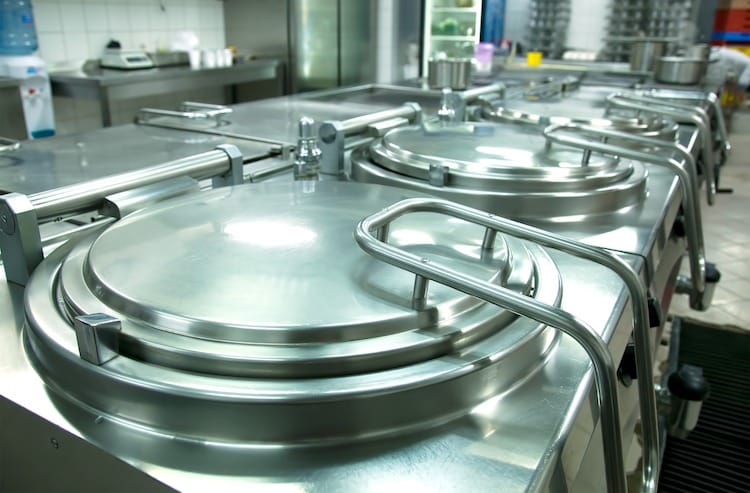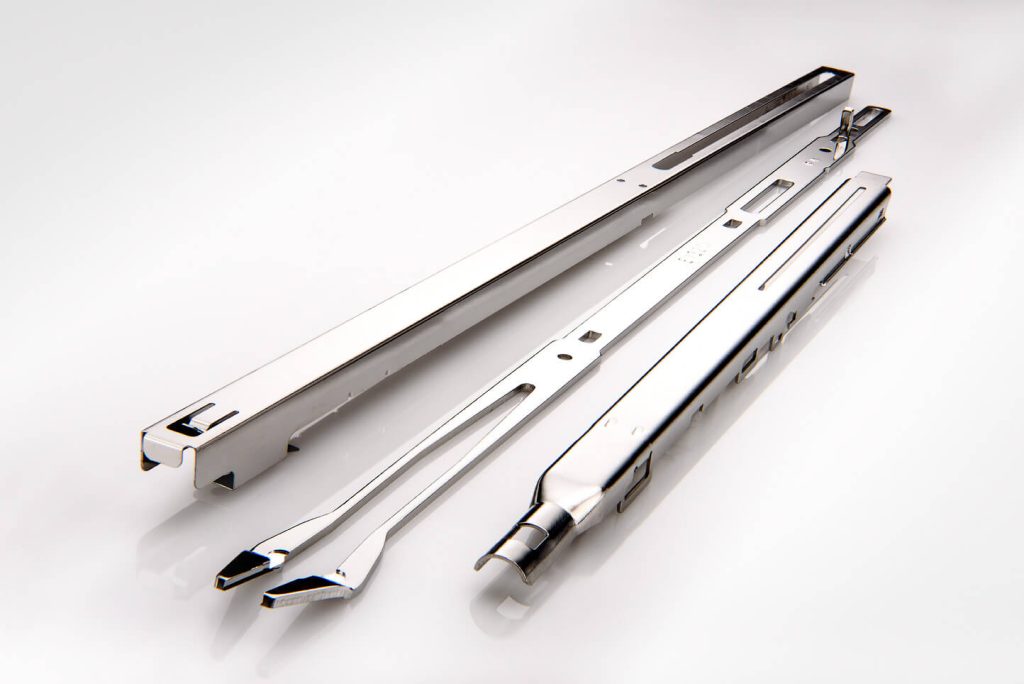The Role of Passivation in Ensuring FDA Compliance for Food and Beverage Equipment
When it comes to the food and beverage industry, safety and compliance are non-negotiable. Equipment used in food processing environments must meet stringent standards to ensure hygienic operations and prevent contamination. One critical process for achieving these goals is the passivation of stainless steel.
Passivation enhances the corrosion resistance of stainless steel, creating a surface that is not only durable but also easy to clean and maintain. This blog will explore why passivation is essential for meeting FDA compliance in food and beverage equipment, focusing on hygiene, corrosion resistance, and long-term performance.

Why FDA Compliance Matters
The Food and Drug Administration (FDA) enforces strict regulations on food contact surfaces to ensure public safety. Stainless steel is the material of choice for food processing equipment because of its natural resistance to corrosion and ease of cleaning. However, without proper surface treatment, even stainless steel can develop imperfections like micropits or surface contamination that harbor bacteria and compromise safety.
Passivation helps eliminate these risks, ensuring that stainless steel surfaces meet FDA guidelines for food safety.
The Role of Passivation in Hygiene and Safety
Passivation involves treating stainless steel surfaces to remove free iron and other contaminants. This process forms a passive chromium oxide layer, which is critical for the following reasons:
- Enhanced Corrosion Resistance: The chromium oxide layer protects stainless steel from rust and chemical corrosion, even when exposed to cleaning agents or harsh environments.
- Non-Porous Surface: Passivation smooths the surface of stainless steel, eliminating crevices where bacteria can thrive.
- Improved Cleanability: With fewer surface imperfections, food-grade stainless steel is easier to clean, reducing the risk of contamination and maintaining hygiene.
Corrosion Resistance: A Key to Durability
Food processing equipment is often exposed to high humidity, cleaning chemicals, and acidic food products, all of which can degrade untreated stainless steel. Through passivation of stainless steel, equipment gains superior resistance to these corrosive factors, extending its lifespan and ensuring compliance with FDA standards.
Applications of Passivation in the Food Industry
Passivation is used across a wide range of food and beverage applications, including:
- Mixing Tanks: To prevent contamination during the blending of ingredients.
- Conveyors and Belts: For clean and safe movement of food products.
- Dairy Equipment: To withstand repeated exposure to cleaning agents and acids.
- Brewery Equipment: For maintaining the purity of the brewing process.
Maintaining Compliance with Professional Passivation
Ensuring FDA compliance isn’t just about using stainless steel—it’s about using properly treated stainless steel. Professional passivation services, like those provided by New England Electropolishing, offer the expertise and precision needed to prepare equipment for safe use in the food and beverage industry.
By investing in passivation of stainless steel, food manufacturers can uphold hygiene, protect their equipment, and meet the rigorous standards required by the FDA.
Conclusion
Passivation plays a vital role in ensuring that food and beverage equipment is hygienic, durable, and compliant with FDA regulations. Whether you’re a manufacturer or a processor, ensuring your stainless steel surfaces undergo passivation is an essential step in safeguarding public health and maintaining operational efficiency.
For more information about how professional passivation services can benefit your operations, contact New England Electropolishing today!









